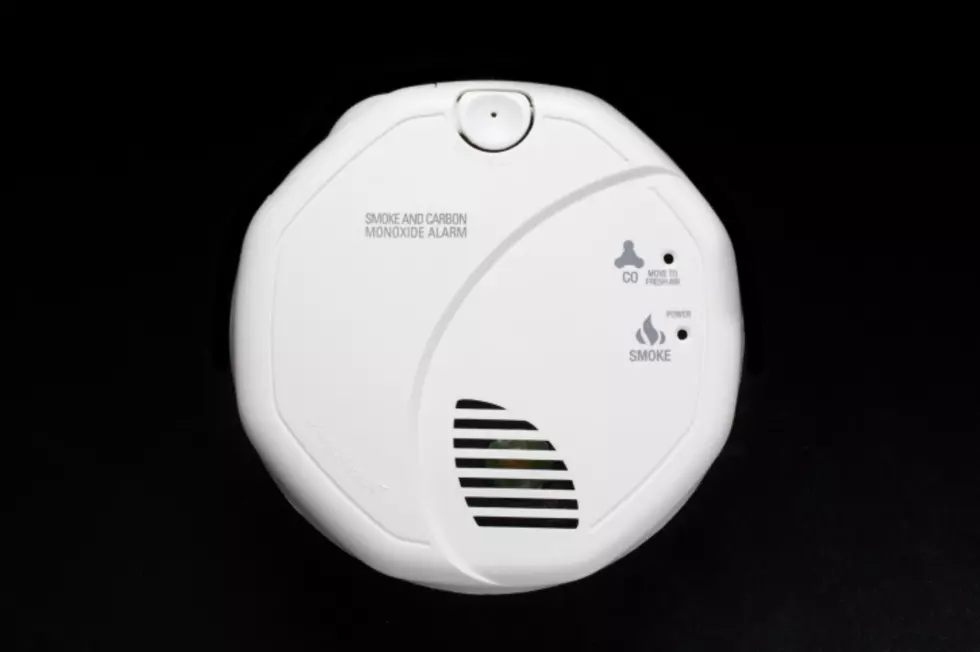
Check the Batteries in Your Carbon Monoxide Detectors
Do you have carbon monoxide detectors in your home? They work like your fire or smoke detectors. The device sounds an alarm when it detects the presence of carbon monoxide gas.
Since carbon monoxide is odorless, colorless, and tasteless, it's presence can't be detected by our senses. The gas is produced any time fuel is burned. Gasoline, wood, propane, even charcoal can produce the poisonous gas.
Carbon monoxide sources in your home may be the clothes dryer, water heater, furnace, gas stove and oven, wood-burning and gas fireplaces, grills, generators, wood stoves, and motor vehicles.
Carbon monoxide is called the "silent killer" because people ignore early signs, losing consciousness, and are unable to escape to a safe place.
The first signs of poisoning are a headache and shortness of breath with moderate exercise. Dizziness, nausea, and fatigue are also symptoms of exposure. Eventually, those symptoms can lead to confusion, impaired judgment, and coordination, and finally loss of consciousness.
To protect your family, the Washington Fire Marshal recommends installing CO detectors in the hallway outside of your bedrooms, and on each floor of your home. They should be placed five feet from the ground.
You should test your CO alarms at least once a month.
If your CO detector goes off, get outside immediately, and call 9-1-1.
What are the 3 things to consider when choosing a carbon monoxide detector? Find out here.


